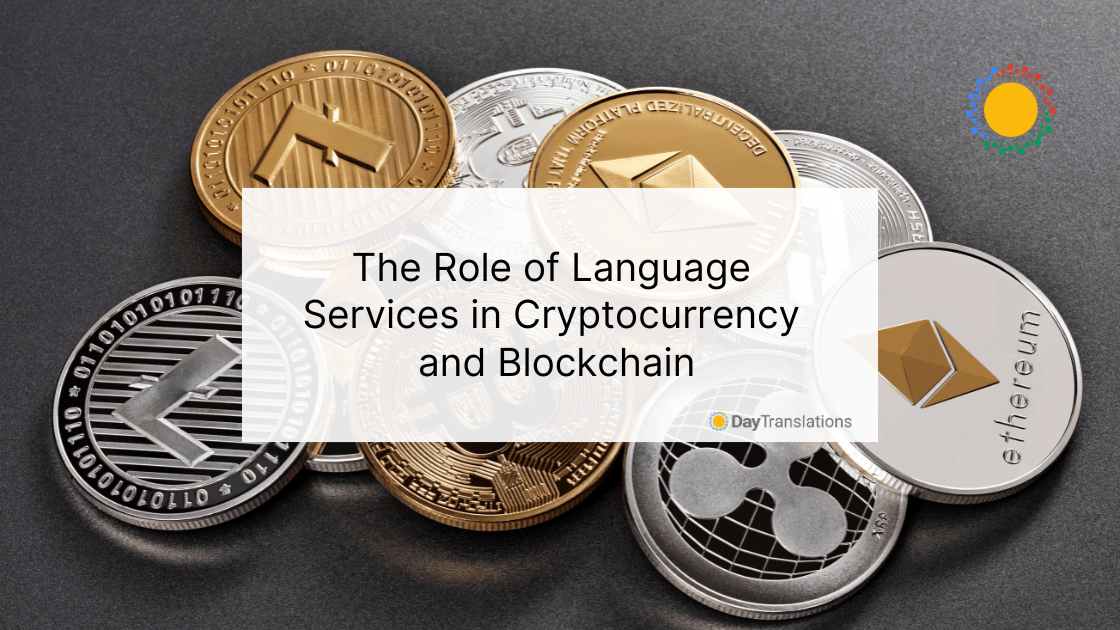The world is more connected than ever, and technology plays a huge role in keeping people and businesses linked across countries and cultures. But there’s one thing that can often get in the way: language barriers. Thankfully, as technology improves, the tools to break these barriers are becoming smarter. Today, multilingual software—software that can function in more than one language—is not only helping us communicate better but is also shaping the future in ways we never imagined.
Why Is Multilingual Software So Important?
Imagine trying to use your favoriteapp, website, or even a device, but it’s only available in a language you don’t understand. That would make things pretty tricky, wouldn’t it? This is the daily reality for millions of people around the globe. Many tech tools are initially developed in one language, usually English, but the world is much more diverse than that. According to Ethnologue, there are over 7,000 languages spoken worldwide!
If tech companies want their products to reach a global audience, they need to make sure everyone can use them, no matter what language they speak. This is where multilingual software comes into play. It allows users to access technology in their native language, breaking down barriers and making life easier for everyone.
How It Helps People Around the World
Multilingual software isn’t just about convenience—it’s about inclusion. For someone who doesn’t speak a particular language, it can be frustrating to try to use a program or app that doesn’t support their native tongue. But when software is designed to support multiple languages, it levels the playing field, giving people everywhere the chance to take advantage of technology. Whether it’s learning new skills online, managing finances through banking apps, or even playing games, language should never be a roadblock to access.
The Role of Artificial Intelligence (AI) in Language Translation
One of the coolest ways technology is evolving today is through artificial intelligence (AI). AI is being used to make translation faster, more accurate, and more natural-sounding. You may have heard of programs like Google Translate or DeepL that allow you to type in text and get an instant translation in another language. But behind the scenes, something called machine learning is helping these systems get better every day.
How Does AI Improve Translation?
AI works by learning from huge amounts of data. The more information it’s exposed to, the better it gets at recognizing patterns and providing correct translations. So, every time someone uses Google Translate, the AI gets a little smarter. It’s like having a personal language tutor that learns more the longer it works!
Over time, this technology has improved enough to handle not only basic conversations but also technical jargon and complex topics. This has massive potential in industries like healthcare, where being able to translate medical terms accurately could save lives, and in business, where clear communication is key to success.
Multilingual Software in Everyday Life
So how exactly is this multilingual software shaping the future? Let’s look at some real-life examples where it’s already making a big difference.
In Education
The internet has transformed how we learn, giving people access to endless information at their fingertips. But if someone doesn’t understand the language of the content, it’s hard for them to learn. That’s why online learning platforms like Coursera, Duolingo, and Khan Academy offer lessons in multiple languages. This enables students from all over the world to access education that might otherwise be out of reach.
In Business
For companies that want to operate globally, multilingual software is essential. Programs like customer service chatbots, e-commerce websites, and business management tools need to support many languages to appeal to customers from different countries. Without translation tools, businesses would be stuck serving only those who speak the same language as the company. But thanks to software that adapts to multiple languages, businesses can expand globally, reach new markets, and offer products or services to people they couldn’t have reached before.
In Social Media and Communication
Social media apps like Facebook, Instagram, and Twitter allow people to communicate across the globe. But not everyone speaks the same language. These platforms rely on built-in translation features that help users understand posts written in other languages. This makes the world feel smaller and more connected. Apps like WhatsApp and Skype also offer multilingual support, making it easier for people who speak different languages to communicate in real-time.
The Future of Multilingual Technology
As technology continues to evolve, the importance of multilingual software will only grow. In fact, we’re likely to see even more advanced tools in the future, such as real-time voice translation during conversations. Imagine talking to someone on the phone who speaks a completely different language, and the software instantly translates what they’re saying into your language!
Connecting Cultures and Breaking Barriers
Multilingual technology goes beyond just translating words—it’s also about connecting cultures. As people from different parts of the world work, play, and interact with each other online, technology is helping us learn more about one another. By removing language barriers, software is allowing more people to share their stories, ideas, and creativity with the world.
This means that in the future, we might see fewer misunderstandings between cultures, more collaborations between countries, and a stronger sense of global unity, all thanks to multilingual tech.
Wrapping Up
As technology continues to improve, multilingual software will play an even bigger role in shaping the future. From education to business and even social media, the ability to translate and understand languages with ease is making the world a more connected place. Whether you’re learning something new online, chatting with someone from another country, or buying something from an international website, multilingual software is helping make it all possible. The future looks bright—and thanks to technology, it’ll be a future where everyone can understand each other a little better.












Sorry, the comment form is closed at this time.